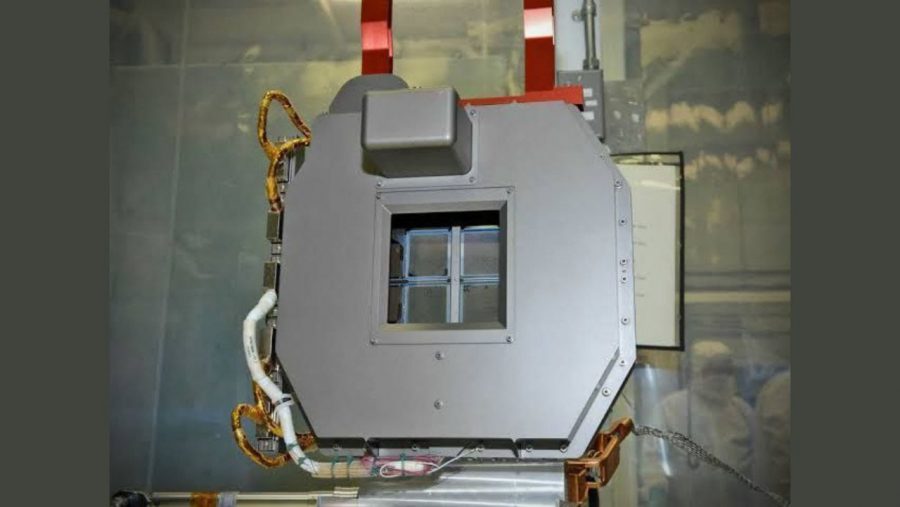The James Webb Space Telescope (JWST) is a space telescope designed primarily to conduct infrared astronomy. The world’s most powerful telescope ever, was launched on December 25, 2021. It is deployed in a solar orbit near the Sun–Earth L2 Lagrange point, about 1.5 million kilometres (930,000 mi) from the Earth.
JWST is equipped with four scientific instruments sensitive over a wide range of wavelength from the optical to the mid-infrared region i.e. (0.6 – 28.3 microns).
Webb’s unprecedented scientific power is a function of both the size of its primary mirror and the extreme sensitivity and precision of its four scientific instruments:
Each of these instruments will be described in great details one by one in different articles.
In this section we are going to see the Near Infrared Spectrograph ( NIRSpec) in great detail, the function of each of its components, different modes, and the types of observations they are designed for.
JWST’s Near-Infrared Spectrograph (NIRSpec)
The Near-Infrared Spectrograph (NIRSpec) will work in the 0.6 to 5 micron wavelength range. A spectrograph (also known as a spectrometer) is a device that divides light from an object into a spectrum. The physical attributes of an object, such as temperature, mass, and chemical composition, can be determined by analyzing its spectrum.
The object’s atoms and molecules stamp lines on its spectrum that uniquely fingerprint each chemical element present, revealing a plethora of information about the object’s physical characteristics. Spectroscopy and spectrometry (the disciplines that interpret these lines) are two of the most powerful instruments for studying the universe.
Many of the objects that the Webb will examine, such as the earliest galaxies to emerge after the Big Bang, are so faint that it will take hundreds of hours for the Webb’s large mirror to collect enough light to build a spectrum.
The NIRSpec is meant to observe 100 objects simultaneously in order to study thousands of galaxies throughout its 5-year mission.
The NIRSpec will be the first space spectrograph with this incredible multi-object capacity. Goddard scientists and engineers had to develop a new technological microshutter system to control how light enters the NIRSpec to make it possible.
NIRSpec Technical Details
In a 9-square-arcminute area of view, the NIRSpec allow scientists to get simultaneous spectra of more than 100 items. It offers medium-resolution spectroscopy in the 1 to 5 micrometer wavelength range and lower-resolution spectroscopy in the 0.6 to 5 micrometer range.
The NIRSpec has two HgCdTe detector arrays and a micro-electromechanical system “microshutter array” for aperture adjustment.
